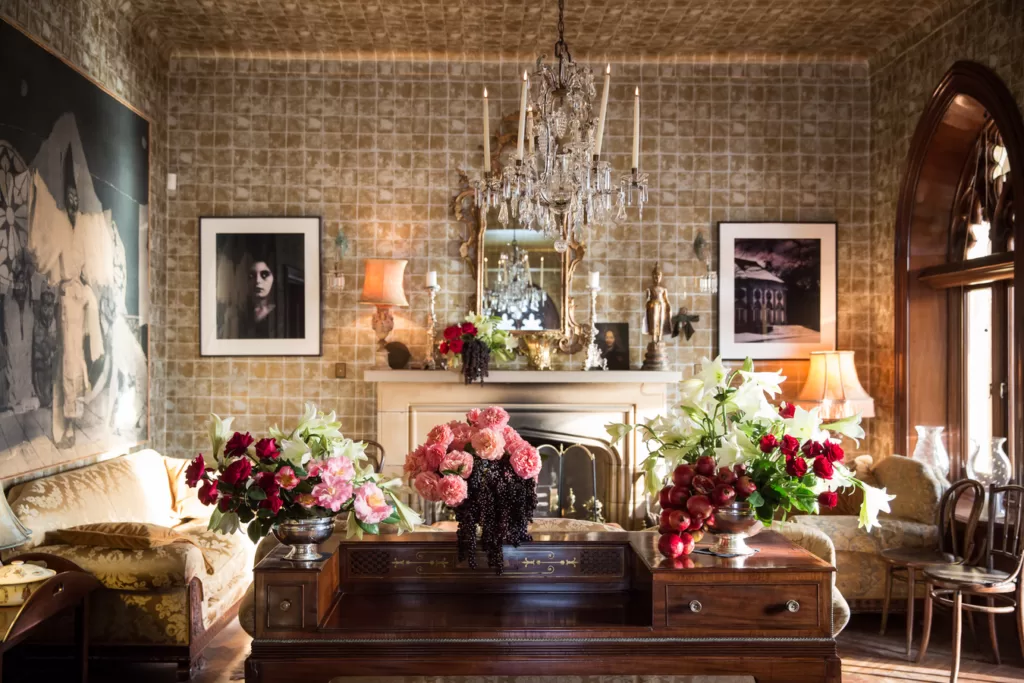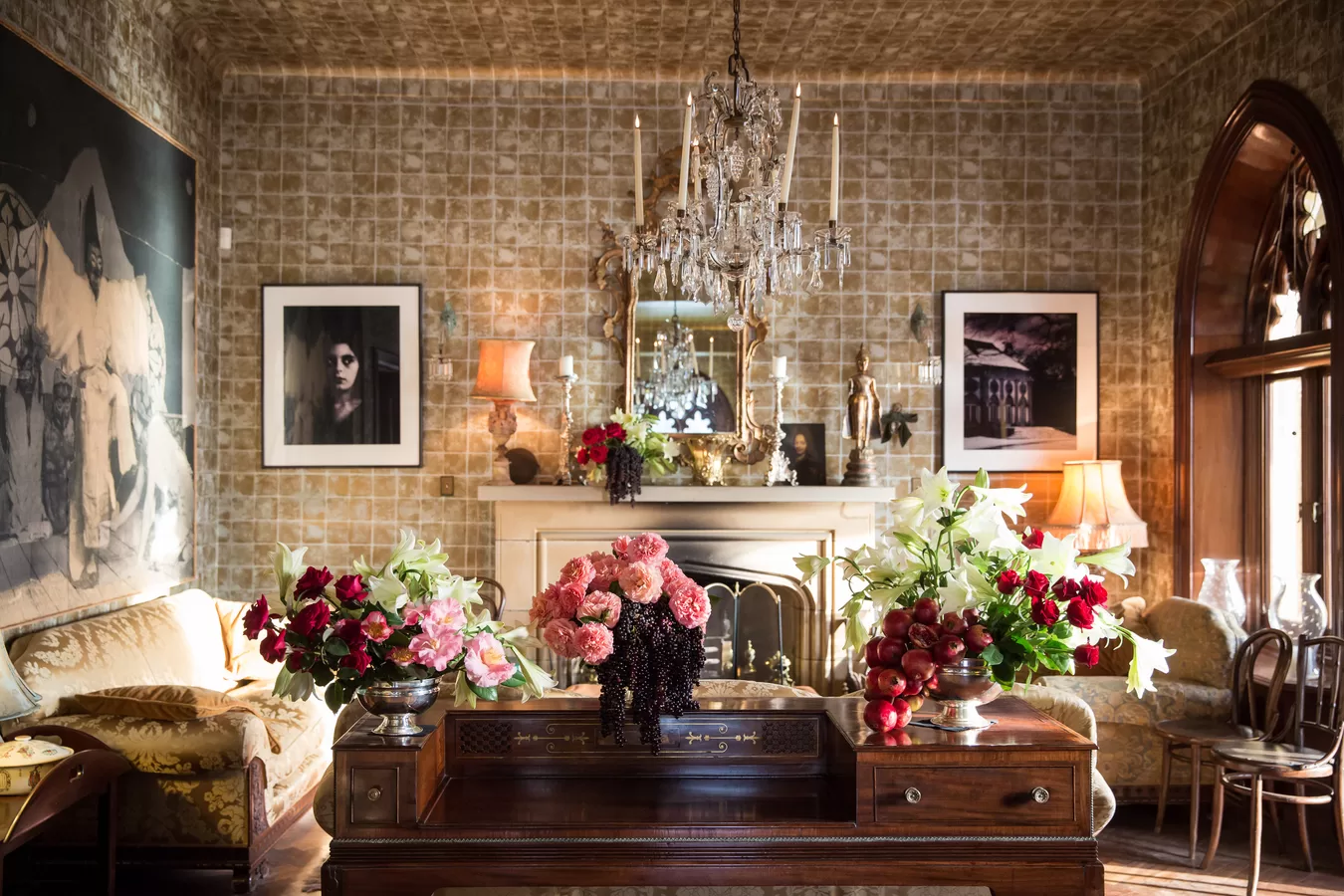Bringing elements of the natural world into your living spaces can infuse your home with a sense of tranquility, vitality, and connection to the environment.
Nature-inspired interior decorating seeks to harmonize the indoor and outdoor worlds, creating a space that feels organic, rejuvenating, and in tune with the rhythms of nature.

This guide explores practical tips for incorporating nature-inspired elements into your interior design, allowing you to create a sanctuary that celebrates the beauty of the natural world.
Embracing natural materials: the foundation of nature-inspired design
Natural materials serve as the cornerstone of nature-inspired interior decorating. Wood, stone, bamboo, rattan, and jute are among the materials that evoke the textures and colors of the outdoors. Incorporate these elements into your furniture, flooring, and decor choices to establish a foundation of natural beauty within your space.
Consider hardwood floors, reclaimed wood furniture pieces, or stone countertops to bring the rugged elegance of nature into your home.
Additionally, opt for furniture with visible grain patterns and textures that mimic the organic feel of natural materials. By embracing these foundational elements, you create a tactile and visually inviting environment that sets the stage for the rest of your nature-inspired design.
Harnessing the power of natural light: Maximizing windows and openings
Natural light is a fundamental aspect of nature-inspired design, as it brings the vitality of the outdoors into your living spaces. Maximize using windows, doors, and openings to allow abundant natural light to flood your interiors.
Avoid heavy window treatments that obstruct light, opting for sheer curtains or blinds that provide privacy while allowing sunlight to filter through.
Read Also :
Think about strategically placing mirrors on walls opposite windows to amplify the effect of natural light. This brightens the space and creates the illusion of larger, more expansive rooms.
If possible, arrange furniture to take advantage of the natural light sources, allowing you to bask in the warmth and energy that natural light provides. By harnessing the power of natural light, you’ll create an environment that feels open, airy, and connected to the outdoors.
Integrating indoor plants and greenery: A living connection to nature
Indoor plants are perhaps the most direct way to bring nature into your home. They add a vibrant, living element that enhances the aesthetic appeal and contributes to a healthier indoor environment. Choose various plants in different sizes, shapes, and textures to create a diverse and dynamic display.
Larger plants close to windows or corners fill empty spaces and add a touch of drama. Smaller plants can be strategically placed on shelves, tables, or countertops to infuse every corner of your space with a breath of fresh air. Consider incorporating hanging plants to add vertical interest and draw the eye upward.
Integrating indoor plants and greenery establishes a living connection to nature that invigorates your home with vitality and natural beauty and blends well with floors from https://www.angliadecor.co.uk/epoxy-floor-paint/.
Evoking natural color palettes: The hues of the great outdoors
Nature-inspired interior decorating is characterized by color palettes that mirror the natural world. Earthy tones like greens, browns, blues, and soft neutrals form the basis of this design approach. Consider using these colors for walls, upholstery, decor, and accents to evoke the serenity and vitality of the outdoors.\
Incorporate pops of color inspired by flora and fauna, such as deep forest greens, ocean blues, or sunset oranges, to add visual interest and depth. These natural hues create a harmonious backdrop and infuse your space with a sense of tranquility and grounding.
By evoking natural color palettes, you establish a cohesive and soothing environment that celebrates the beauty of the great outdoors.
Integrating natural textures and patterns: Creating tactile interest
Incorporating textures and patterns inspired by nature adds depth and visual interest to your interior spaces. Consider using textured fabrics, woven rugs, and natural stone surfaces to create a tactile experience that echoes the outdoors. Patterns inspired by flora and fauna, such as botanical prints or organic motifs, further reinforce the connection to nature.
Consider introducing elements like reclaimed wood, which carries the unique textures and history of its previous life, into your space. Textured wallpaper or wall coverings can also add dimension and visual interest. Integrating natural textures and patterns creates a sensory experience that engages sight and touch, enveloping you in a cocoon of natural beauty.
With that said
Nature-inspired interior decorating celebrates the natural world’s beauty, vitality, and tranquility. By embracing natural materials, harnessing the power of natural light, integrating indoor plants, evoking natural color palettes, and incorporating textures and patterns inspired by nature, you create a space that feels organic, rejuvenating, and in harmony with the outdoors.
Remember, nature-inspired design is not about replicating the outdoors but creating an environment that captures its essence and immerses you in its natural beauty. Through thoughtful design choices, you can transform your home into a sanctuary that nurtures and uplifts mind and spirit.










